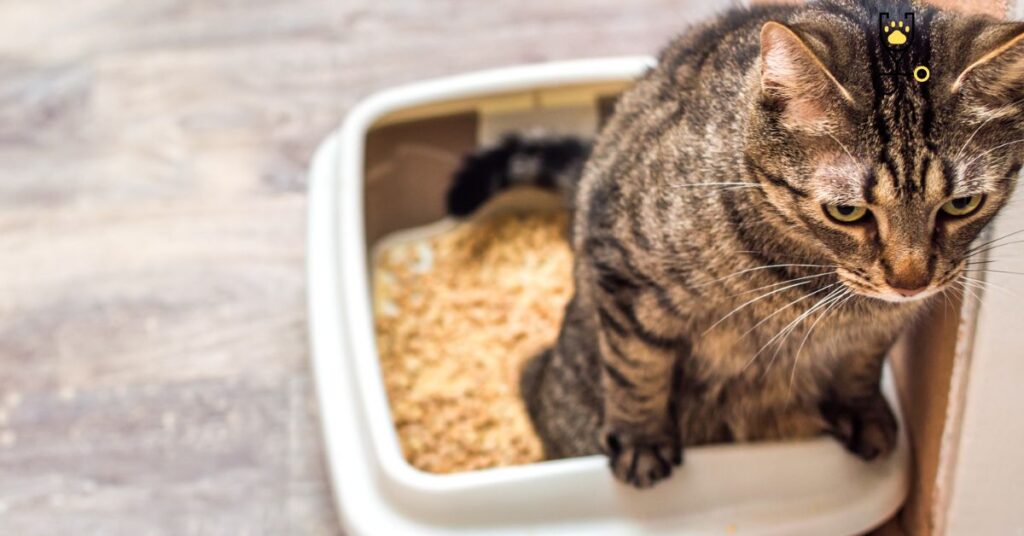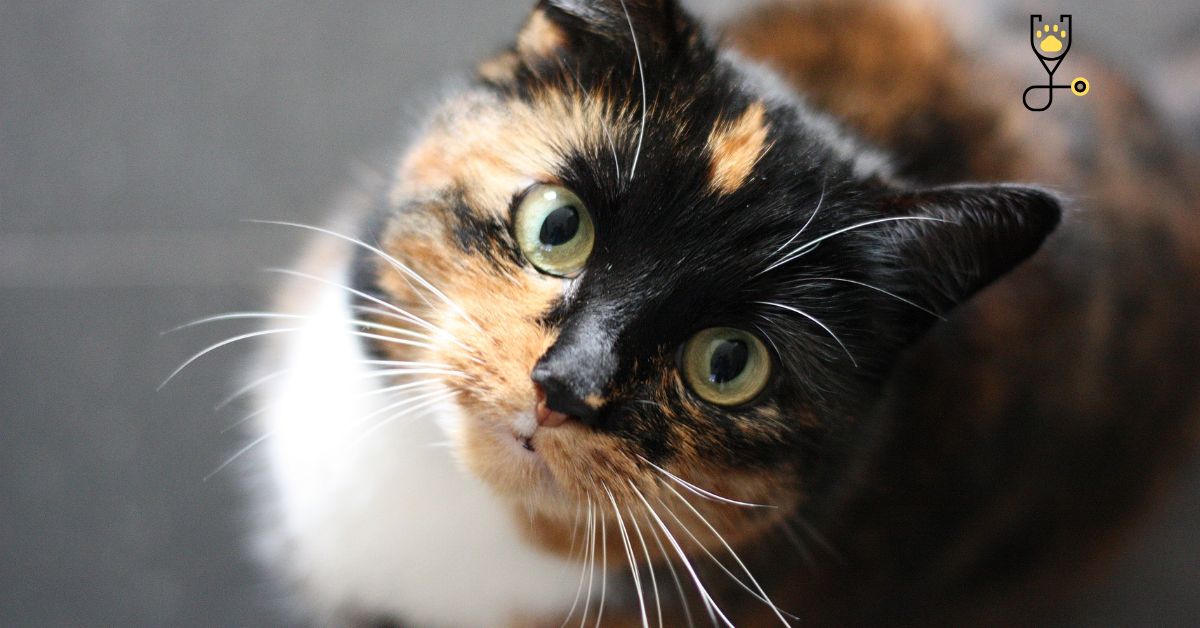If you’re the owner of a cat, then you should be aware of cystitis-an infection that cats can get in their urinary tract. This post will provide you with all the information you need to know about cystitis in cats, including how to spot the signs and symptoms, how to treat it, and how to prevent it from happening again. So read on for everything you need to keep your cat healthy and happy!
What is Cystitis in cats?
Cystitis is a urinary tract infection that can occur in both male and female cats. It is most commonly seen in female cats, due to their shorter urethra which makes them more susceptible to bacteria entering the bladder. Cystitis can be acute or chronic and can range from mild to severe. Some cats may only show mild signs, while others may be unable to urinate at all.
Causes of Cystitis in cats
There are many possible causes of cystitis in cats, including:
Bacterial infection: The most common cause of cystitis is bacterial infection. This can occur when bacteria from the outside world enter the urethra and travels up into the bladder. The bacteria then multiply and cause an infection. The most common type of bacteria that causes cystitis is Escherichia coli, but other bacteria can also be responsible.
Stress: Stress is a common trigger for cystitis. Cats that are under stress may have a weakened immune system, which makes them more susceptible to infection. Stressful situations can include moving house, changes in routine, the introduction of a new pet or baby into the home, or even just a change in litter type.
Diet: Diet can also play a role in the development of cystitis. Cats that eat a diet high in ash and magnesium are more likely to develop stones in the bladder, which can lead to inflammation and infection. Dehydration can also cause cystitis, so it’s important to make sure your cat is drinking enough water.
- Feline Idiopathic Cystitis (FIC): Feline idiopathic cystitis is a condition that is not yet fully understood. It is thought to be caused by a combination of genetic, environmental, and psychological factors. Cats with FIC may have a history of stress or anxiety and may be more prone to infections.
Symptoms of Cystitis in cats
The most common symptom of cystitis is an increased frequency of urination. Your cat may also urine more often than usual, and the urine may be bloody or cloudy. Other symptoms can include:

- Straining to urinate
- Urinating outside the litter box
- Crying out when urinating
- Decreased appetite
- Lethargy
- Fever
If your cat is showing any of these symptoms, then it’s important to take them to the vet as soon as possible. Cystitis can be a very painful condition, and if left untreated it can lead to more serious problems such as kidney damage or even failure.
Diagnosing Cystitis in cats
If you think your cat may have cystitis, it’s important to take them to the vet for a check-up. But by following these steps you can also start to narrow down the possible causes:
1. Check if your cat is straining to urinate or only passing small amounts of urine.
2. Look for blood in the urine, which may be visible to the naked eye or only under a microscope.
3. Take note of any changes in urination habits, such as urinating more frequently or outside of the litter box.
4. Check if your cat is licking their genital area more often than usual.
5. Feel your cat’s abdomen to see if they are experiencing pain when urinating.
Preventing Cystitis in cats
There are a few things you can do to help prevent cystitis in your cat:

1. Keep their litter box clean. A dirty litter box is a breeding ground for bacteria, so it’s important to scoop it out at least once a day and give it a thorough clean once a week.
2. Make sure they have access to plenty of fresh water. Dehydration can lead to cystitis, so it’s important to make sure your cat is drinking enough water.
3. Feed them a balanced diet. A diet high in ash and magnesium can increase the risk of bladder stones, so it’s important to feed your cat a balanced diet.
4. Reduce stress. Stress is a common trigger for cystitis, so it’s important to create a calm and relaxed environment for your cat. This can include providing them with a quiet place to sleep, plenty of toys and scratching posts, and regular interaction and playtime.
5. Take them to the vet for regular check-ups. This will help to catch any problems early and prevent them from becoming more serious.
Treating Cystitis in cats
The treatment for cystitis will depend on the underlying cause. and the cause is bacterial, the vet will prescribe antibiotics. stress is the trigger, the vet may recommend products to help reduce stress or changes to the home environment. If diet is a factor, the vet will advise on dietary changes. In some cases, surgery may be necessary to remove bladder stones.
The most common treatment for cystitis is antibiotics, which will help to clear the infection. The type of antibiotic and length of treatment will depend on the severity of the infection. In some cases, your cat may also need to be hospitalized for intravenous fluids and pain relief.
Home care for cats with Cystitis
If your cat has cystitis, there are some things you can do at home to help them feel more comfortable:
1. Provide a litter box with low sides so they can easily get in and out.
2. Use litter with low dust to avoid irritating the bladder.
3. Offer plenty of fresh water and wet food to help keep your cat hydrated.
4. Avoid stressors in the home, such as changes in routine or Loud noises.
5. Keep the litter box clean to avoid any further irritation.
Cat breeds prone to Cystitis
There are some breeds of cats that are more prone to developing cystitides, such as Siamese and Persians. If you have one of these breeds, it’s important to be aware of the signs and symptoms so you can get them treatment as soon as possible.
Conclusion
Cystitis is a common condition in cats, but with proper treatment, most cats make a full recovery. If you think your cat may have cystitis, it’s important to take them to the vet for a check-up. There are also things you can do at home to help ease their symptoms and prevent the condition from getting worse.
Frequently Asked Questions
Ans: The signs and symptoms of cystitis in cats can include bloody urine, urinating more frequently, urinating outside of the litter box, and licking their genital area.
Ans: The most common cause of cystitis in cats is a bacterial infection, but it can also be caused by stress, dietary factors, or bladder stones.
Ans: The treatment for cystitis will depend on the underlying cause. If the cause is bacterial, the vet will prescribe antibiotics. If stress is the trigger, the vet may recommend products to help reduce stress or changes to the home environment. If the diet is a factor, the vet will advise on dietary changes. In some cases, surgery may be necessary to remove bladder stones.
Ans: There are some things you can do to help prevent cystitis in your cat, such as providing them with plenty of fresh water, feeding them a balanced diet, reducing stress, and taking them to the vet for regular check-ups.
Ans: Some breeds of cats that are more prone to developing cystitides include Siamese and Persians. If you have one of these breeds, it’s important to be aware of the signs and symptoms so you can get them treatment as soon as possible.







